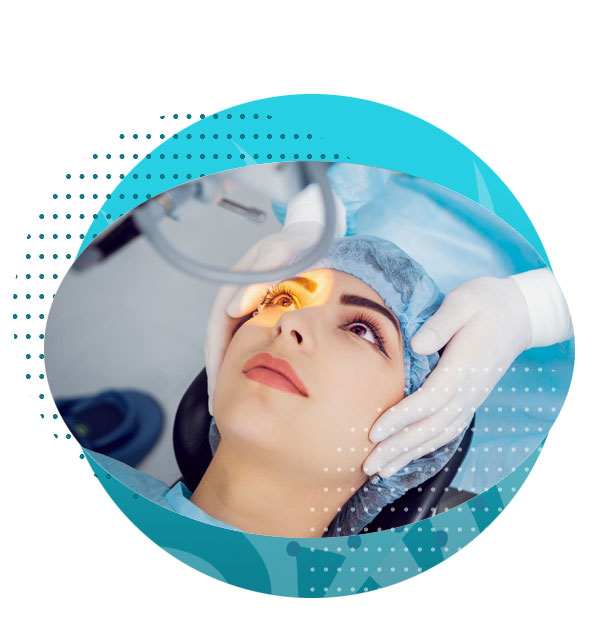Refractive Errors
Nearsightedness (myopia), farsightedness (hypermetropia) and astigmatism are all types of refractive errors – which are flaws that keep the eye from focusing light sharply on the retina.
Fortunately, glasses are all that is needed to focus the light to give a plain image and allow us to read and see clearly. Other alternatives include contact lenses and corrective surgery for refractive errors.
A short-sighted (or myopic) person has better near vision over far vision without glasses.

A long-sighted (or hypertrophic) person has better far vision than near without glasses.

With astigmatism, there’s a blend of different magnitudes of refractive error in different clock orientations. A lens to correct astigmatism has to have an appropriate orientation, whether it be by glasses, contact lenses, intraocular lenses or corneal refractive surgery.

In children, it’s important to correct refractive errors early, to allow the brain to learn to use the image from each eye properly and to learn to merge the images from the two eyes to develop binocular vision and depth perception.
In adults, corrective surgery offers the promise, in suitable patients, of freedom from glasses, either full-time or part-time.

Refractive error correction
We pride ourselves in high level of patient care, aiming to provide each patient with individualised attention from your first consultation and well beyond your eye surgery recovery.
WORKING HOURS
ASHFIELD EYE CLINIC
Located conveniently in the centre of Ashfield (opposite the Holden Street entrance to Ashfield Mall), the clinic is only 5 minutes from the train station.
Ground Floor, 2 Holden St
Ashfield, Sydney, NSW 2131



